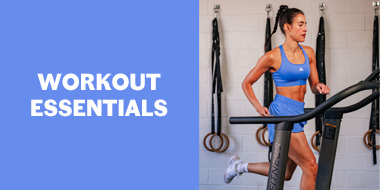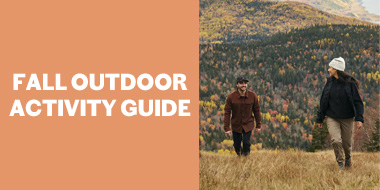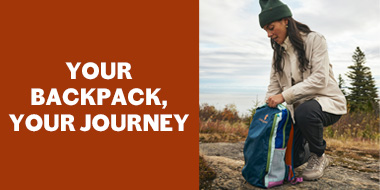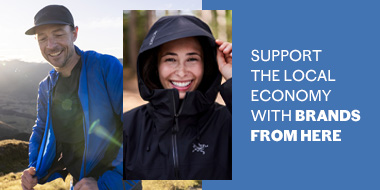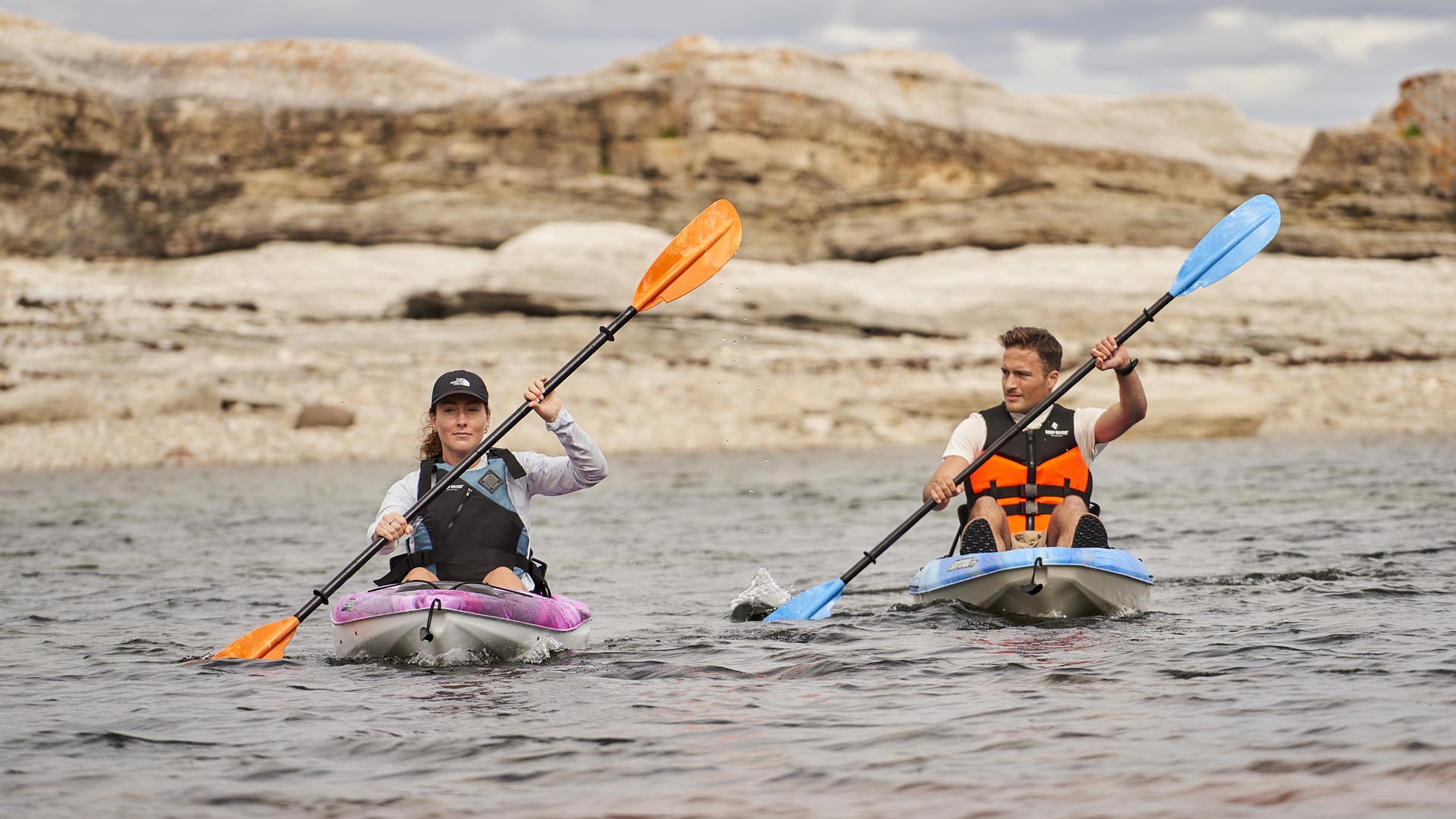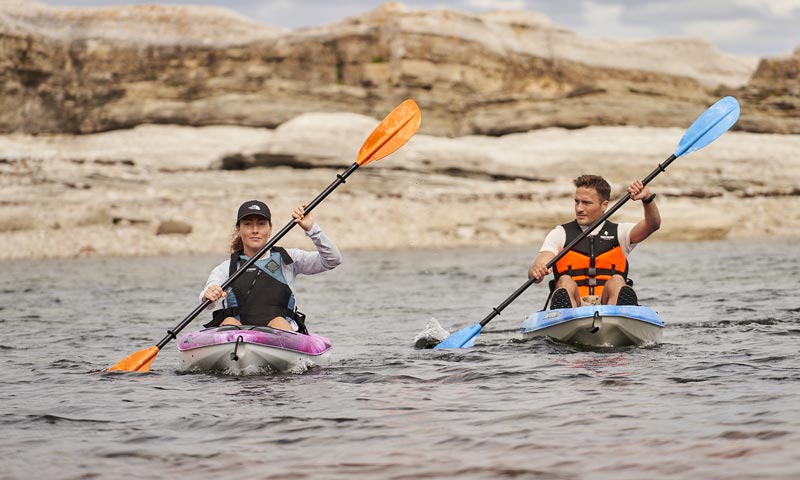In my kayak ‘pantry’, I have this handy little multi-spice dispenser so I don't have to lug around a spice rack. It has all the basics! I also carry water purification tablets, which save me from using fuel to boil water before drinking it. This way I can save my butane/propane for cooking and I don’t have to carry as many canisters. At home, before leaving, I prepare non perishable condiments: oil, vinegar, maple syrup, mustard, soya sauce, that I pour into small containers.
I also bring these food items which are nourishing, non-perishable and mostly lightweight:
- Quick cooking oatmeal (quick oats)
- Powdered milk
- Couscous (wheat semolina)
- Dehydrated bouillon cubes
- Textured Vegetable Proteins (TVPs) once rehydrated, they can easily replace ground meat in a sauce, chili or tacos.
- Red lentils (which do not need to be soaked and cook quickly)
- Minute rice (less nutritious than the regular rice I use at home, but cooks so fast that when kayaking it’s worth it)
- A mix of nuts and dried fruit
- Cocoa
- Sugar
- Powdered peanut butter (that you can rehydrate and use as a spread or simply add to a bowl of oatmeal)
- Dehydrated vegetables (a mix for soups)
- Canned tuna (choose an easy-open can, no can opener required)
- Canned legumes (again, easy-open can)
- Biscuits (that I store in a rigid container, so they don’t break)
- Mexican tortillas (which take less space and last longer than bread and can also be eaten sweet or salty)
- Dark chocolate and almond paste (for a good dose of quick energy in case you experience cold or great fatigue)
With these multi-purpose ingredients, I can cook a variety of recipes that take me from morning to evening! I pair different ingredients together. For example, I can mix tuna and couscous with Cajun spices or rice and legumes with curry.
I complete the meal with fresh fruits and vegetables, which are perfect for the first day or even stretch into the second, but difficult to preserve when kayaking, especially when it’s hot out. I store them away in the bottom of the kayak, away from the light.
When I leave for several days, I may also pack a few freeze-dried meals, which are practical and good for a change. I also alternate between fresh-cooked meals and ready-to-eat meals that need not be re-hydrated. While kayaking-camping, I find it easier to go vegetarian. Meat does not keep very well so I find that vegetable proteins offer more variety and flexibility.
And there you have it, the basics to eating well on the trails. Trust me, with these ingredients and a bit of imagination, you will enjoy every mouthful. Let your imagination run wild, or better still, let nature inspire you!








